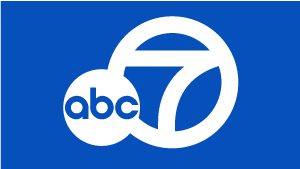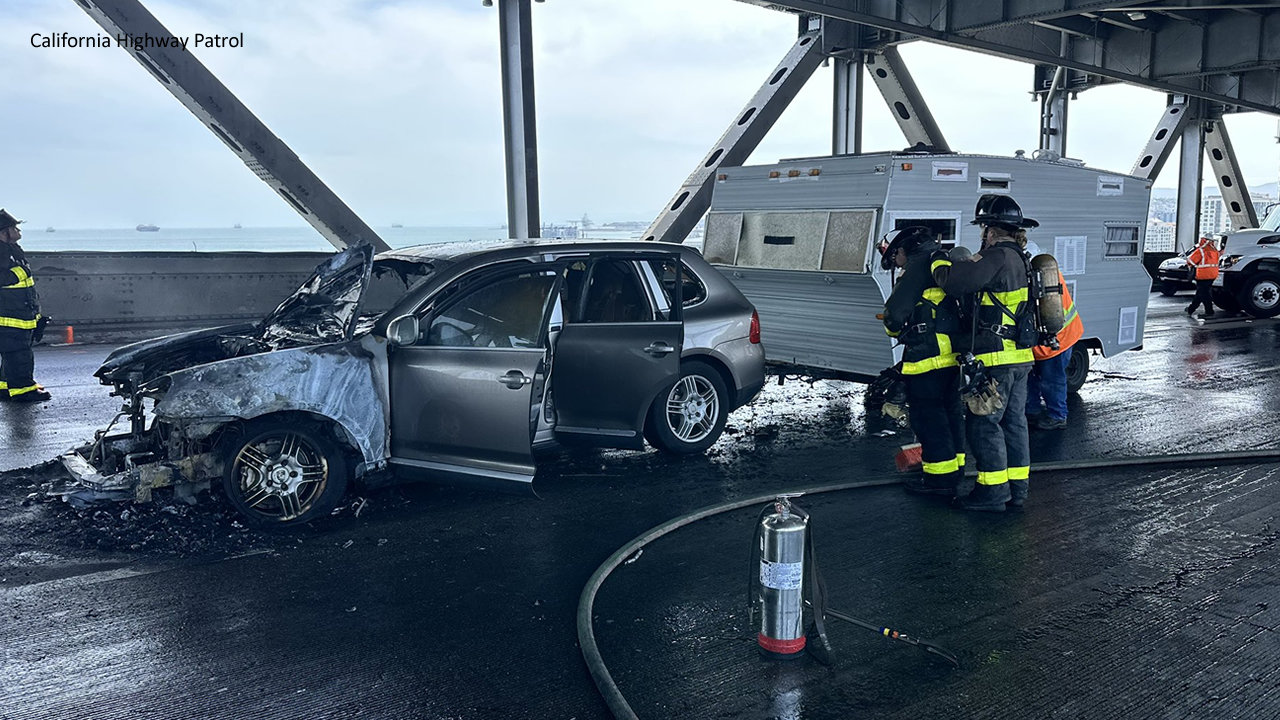Was Mountain View Tesla crash a failure of Autopilot, automatic braking systems?

MOUNTAIN VIEW, Calif. (KGO) -- The National Transportation Safety Board has released its preliminary findings into the Tesla crash in Mountain View that killed an Apple Engineer three months ago. It gives new details into what role Tesla's Autopilot may have played.
Soon after the crash, Tesla placed blame with the driver for having his hands off the wheel at the time of impact. This report provides new answers and raises new questions.
TIMELINE: ABC7 investigates deadly Tesla crash on Hwy 101 in Mountain View
Walter Huang died in March when his Tesla Model X on Autopilot slammed into a broken safety barrier, which had been hit by a different car 10 days before.
The NTSB report says the 38-year-old was in Autopilot for 18 minutes and 55 seconds before the crash.
According to the report, Huang received "two visual alerts and one auditory alert... to place his hands on the wheel." Those alerts came more than 15 minutes before the crash.
In the minute before the crash, the report says his "hands were detected on the steering wheel on three separate occasions, for a total of 34 seconds."
RELATED: Tesla owners react to preliminary NTSB fatal crash findings
It went on to report that "for the last 6 seconds... the vehicle did not detect (his) hands on the steering wheel."
"The report, if anything, seems to show that Walter Huang was a responsible Autopilot user," said Jim McPherson with SafeSelfDrive.org.
McPherson tells the I-Team that Tesla's Autopilot doesn't always detect hands, unless the driver is moving the steering wheel.
EXCLUSIVE: Victim who died in Tesla crash had complained about Autopilot
The NTSB also revealed Huang had set his Autopilot for 75 miles an hour and was following a slower car. The Model X steered to the left and sped up from 62 to 70.8 miles an hour right before impact.
"It's an open question whether Autopilot lulls you into a false sense of security or if it's a reliable teammate in doing the driving task in a shared mode like that," McPherson said.
Tesla declined to comment on Thursday's release of the NTSB report, referring us to a blog from March that said its "Autopilot does not prevent all accidents... but it makes them much less likely to occur."
"This is like the most excruciating, hellish several months I've maybe ever had," said Tesla founder Elon Musk.
EXCLUSIVE: Wife of man who died in Tesla crash gives emotional interview to I-Team
Musk did not address Walter Huang's death during a shareholder meeting Tuesday. He focused on factory output that has fallen short of expectations, but did announce improvements in Tesla Autopilot.
"The reliability and capability of autopilot will increase exponentially over the next six to 12 months," he said. "It's really, the improvements are very very rapid."
Late Thursday, an attorney for the Huang family sent a statement that says in part: "Tesla also claims Walter's alleged failure to pay attention was the sole cause of the accident. The NTSB report provides facts that support our concerns that there was a failure of both the Tesla Autopilot and the automatic braking systems of the car."
Full coverage on the Tesla crash by ABC7 News and the I-Team here.
Click here for the latest stories by Dan Noyes and the I-Team and click here for more stories and videos related to Tesla.












